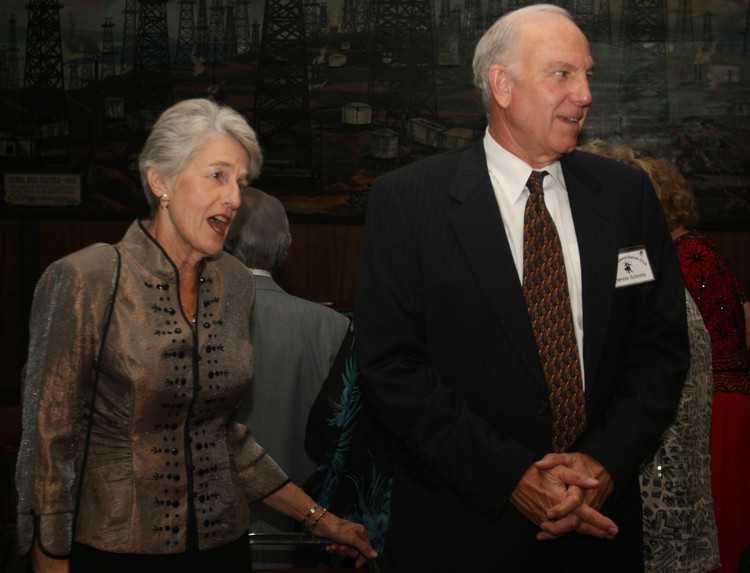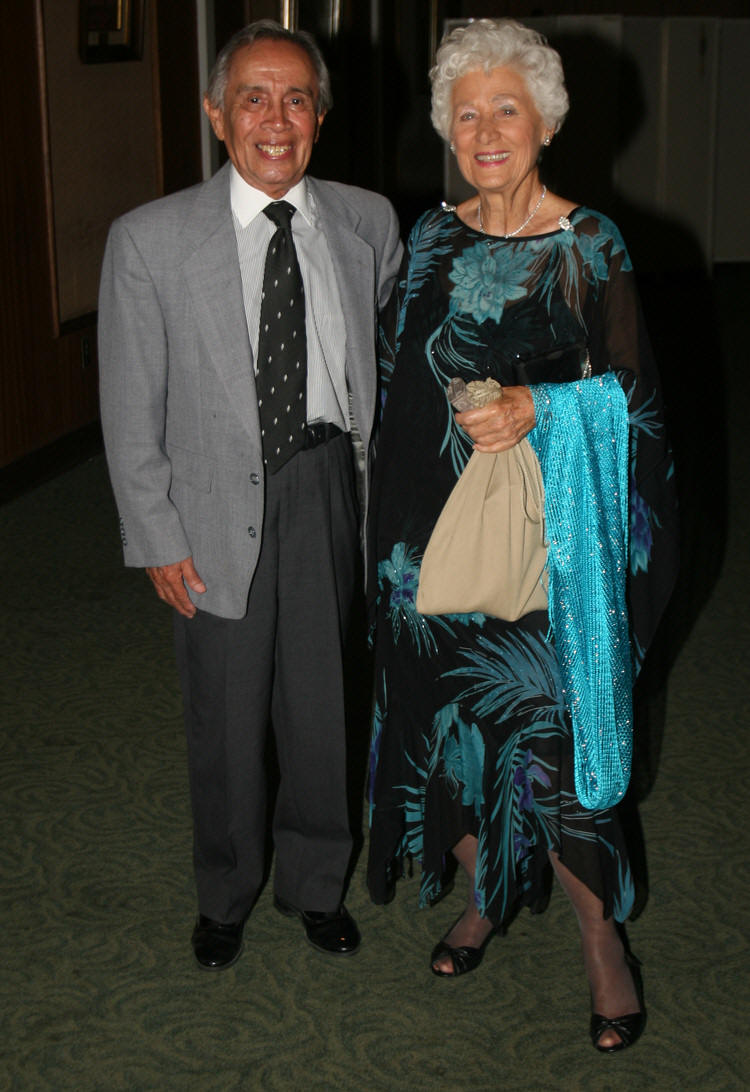September 18th 2009 Topper's Dance (Page Two)
After dinner we do a short break for announcements and recognition followed by a mixer!
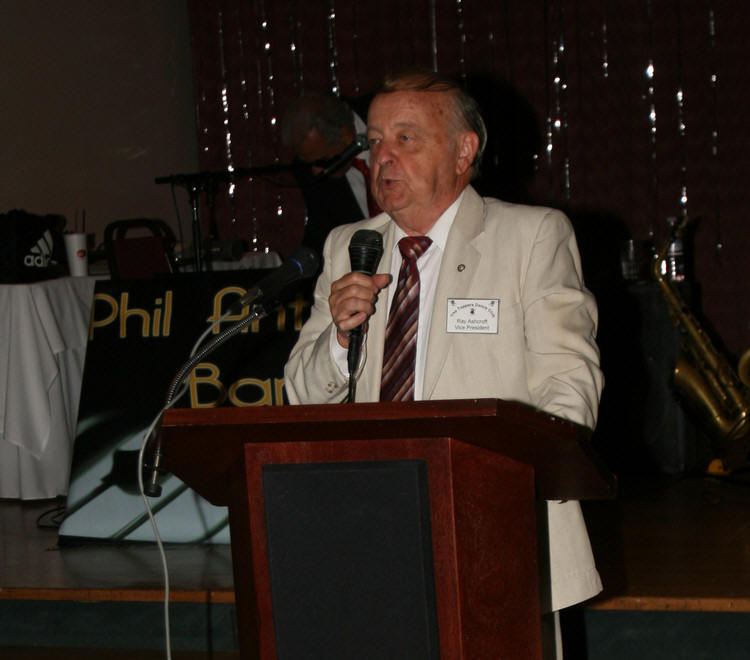
Ray Ashcroft, Vice President and Master of Ceremonies
Did you know? - A master of ceremonies, microphone controller or MC (emcee), sometimes called a compère or an MJ for "microphone jockey," is the host of an official public or private staged event or other performance. The MC usually presents performers, speaks to the audience, and generally keeps the event moving. An MC may also tell jokes or anecdotes, use rhyming presentation style and otherwise interact with and be included in and be some part of the performance. The MC sometimes also acts as the protocol officer during an official state function. The term originates from the Catholic Church. The Master of Ceremonies is an official of the Papal Court responsible for the proper and smooth conduct of the elegant and elaborate rituals involving the Pope and the Sacred Liturgy. He may also be an official involved in the proper conduct of protocols and ceremonials involving the Roman Pontiff, the Papal Court, and other dignitaries and potentates.
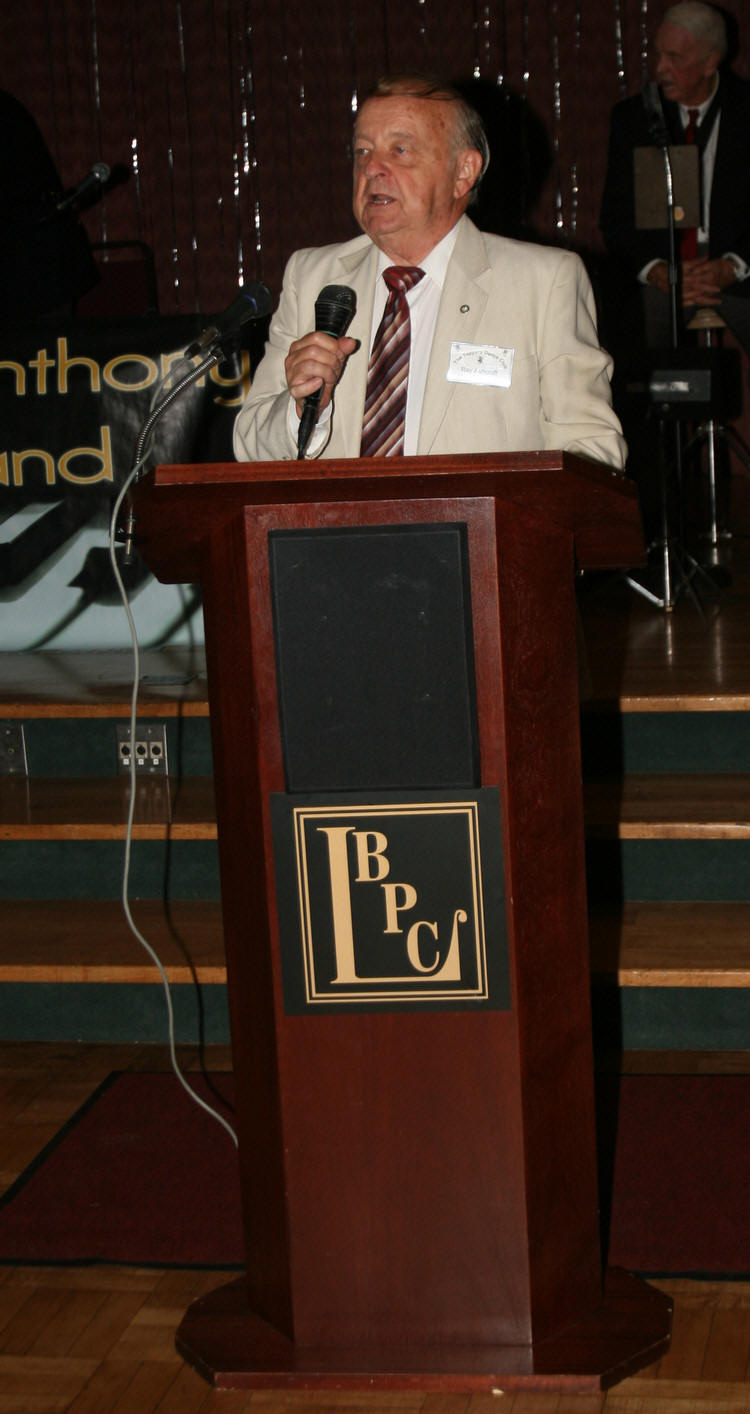
Our New Fearless Leader Speaks
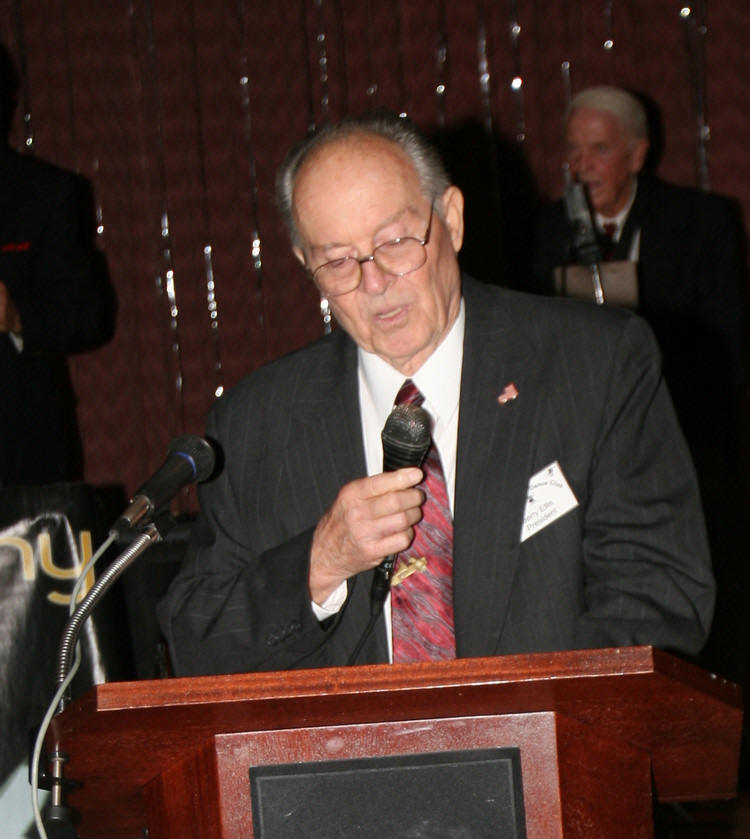
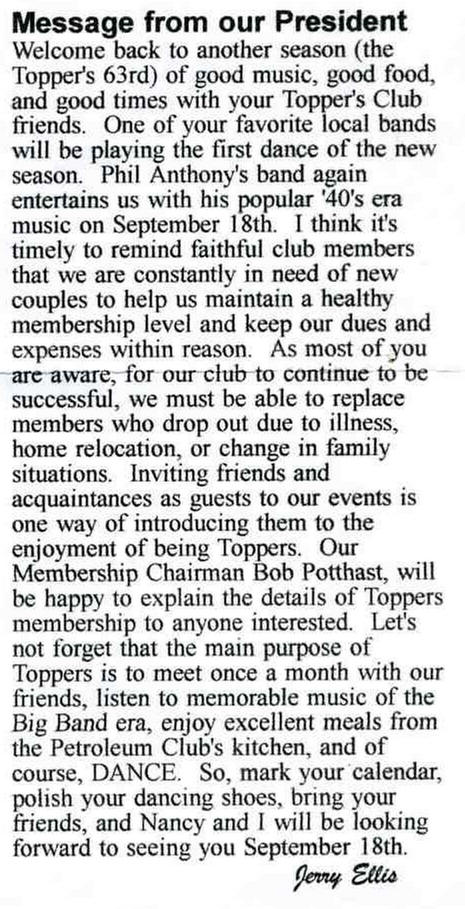

Officers are introduced


He captivates the audience
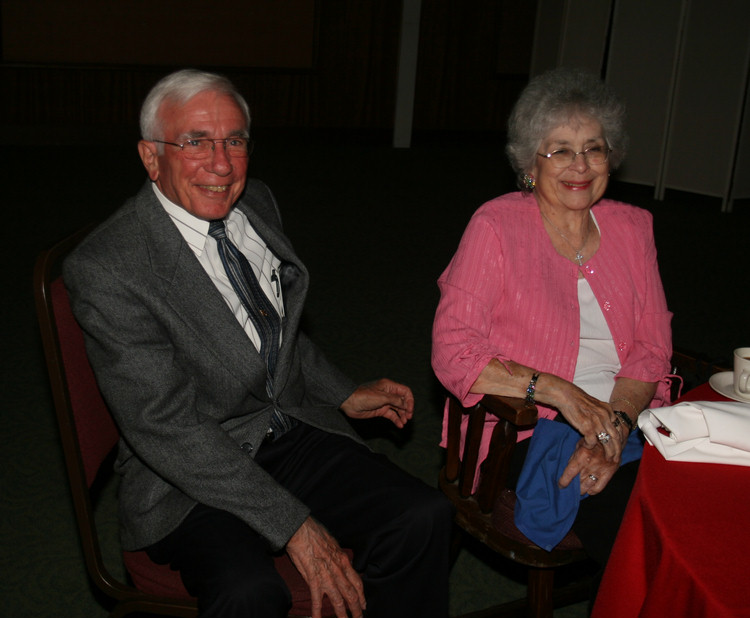
"Who Had Birthdays or Anniversaries During Our Summer Break?"
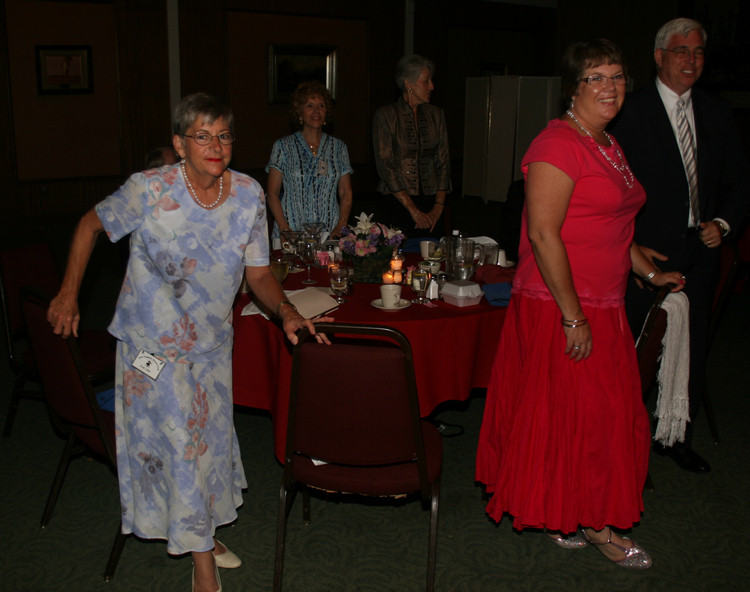
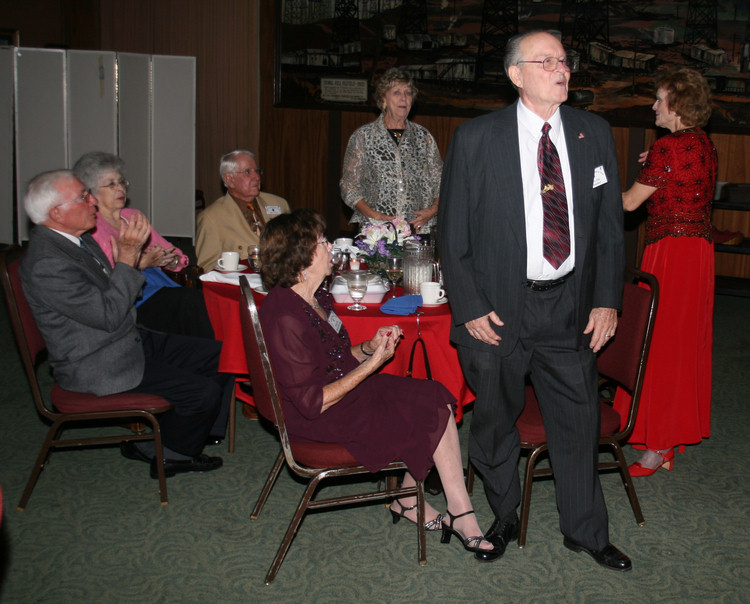
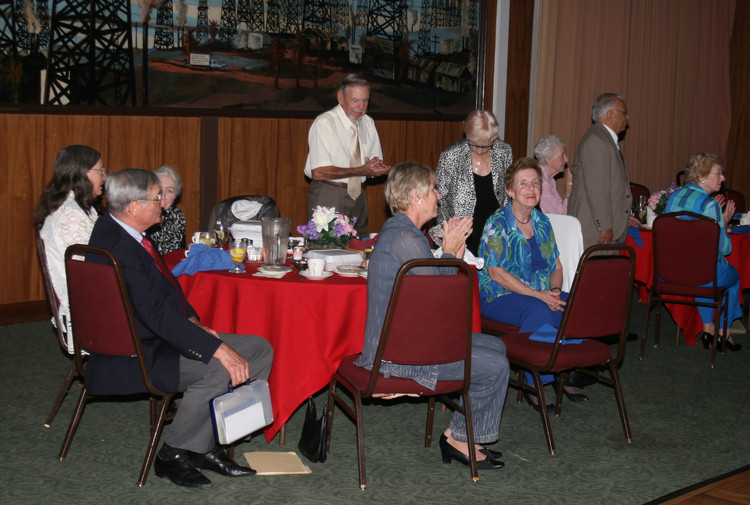
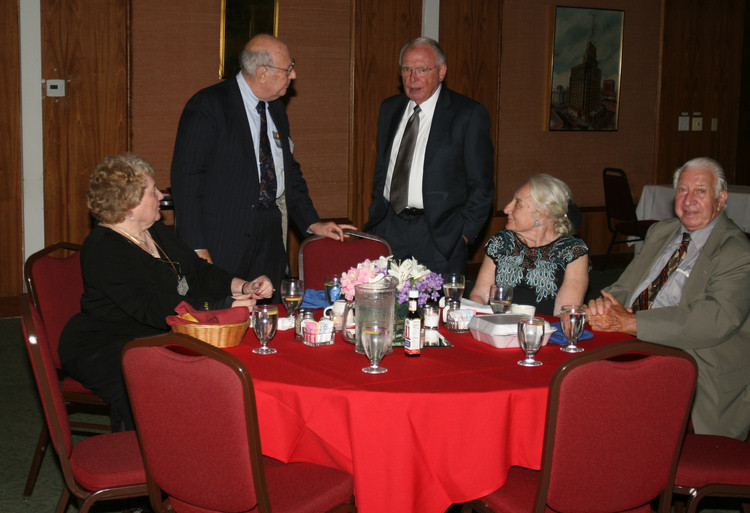
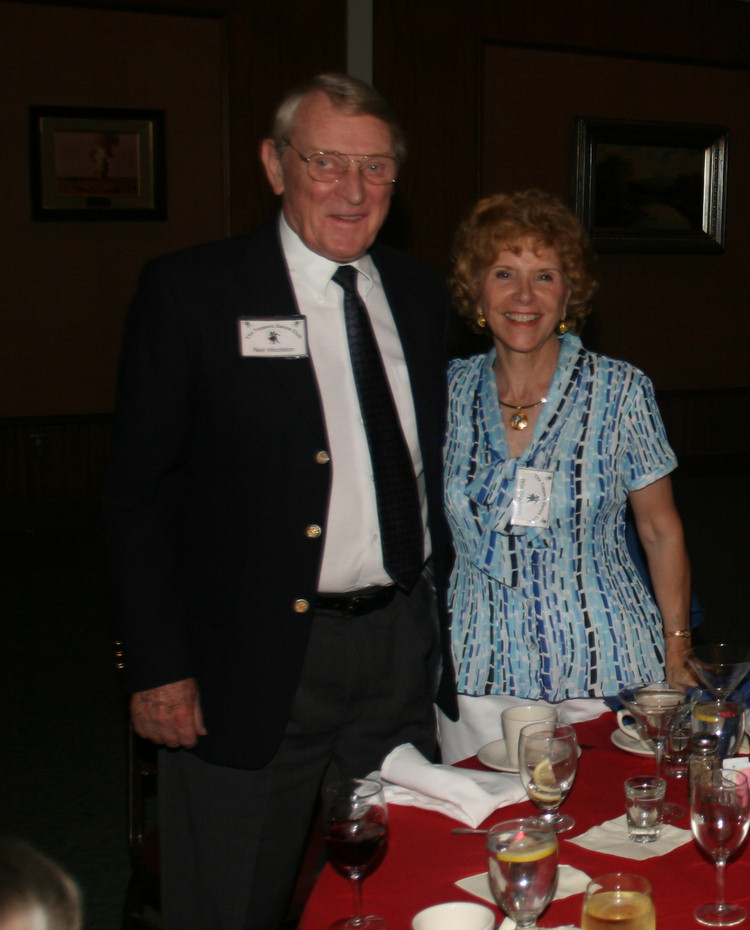
Neil and Nita Woolston
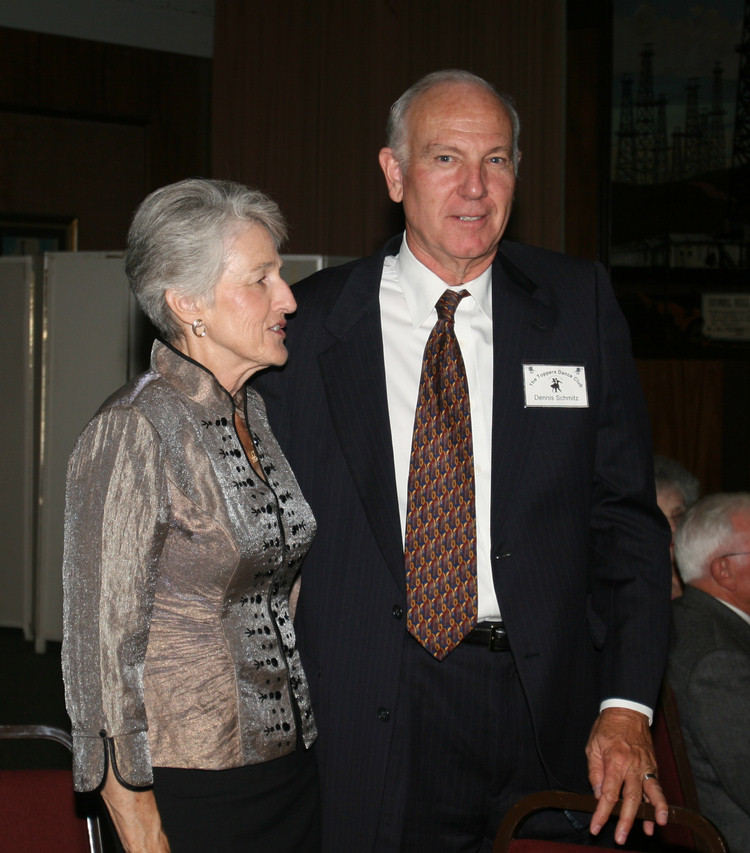
Diane and Dennis Schmitz
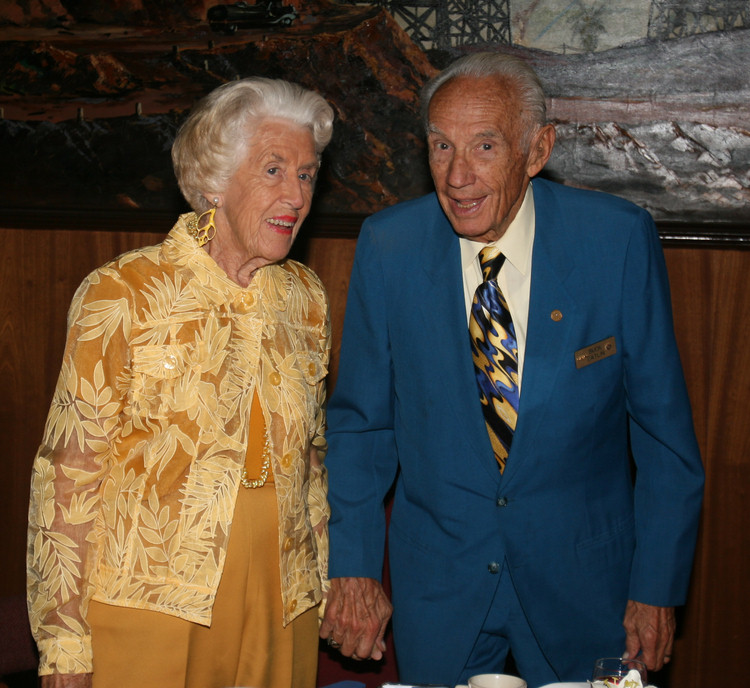
Bobbie and Buck
Break And Announcements Are Over; Let's Dance!
Did you know? - It is often said that foxtrot took its name from its inventor, the vaudeville actor Harry Fox; however the exact origins are unclear. The dance was premiered in 1914, quickly catching the eye of the talented husband and wife duo Vernon and Irene Castle, who lent the dance its signature grace and style.
W.C. Handy ("Father of the Blues") notes in his autobiography that Noble Sissle told a story that Handy's Memphis Blues was the inspiration for the Fox Trot. Jim Europe, the Castle's music director, would play slowly the Memphis Blues during breaks from the fast paced Castle Walk and One-step. The Castles were intrigued by the rhythm and Jim asked why they didn't create a slow dance to go with it. The Castles introduced the "Bunny Hug" in a magazine article. They went abroad and in mid-ocean sent a wireless to the magazine to change the "Bunny Hug" to the "Foxtrot."
It was later standardized by Arthur Murray, in whose version it began to imitate the positions of Tango.
At its inception, the Foxtrot was originally danced to ragtime. Today, the dance is customarily accompanied by the same big band music to which swing is also danced.
From the late teens through the 1940s, the foxtrot was certainly the most popular fast dance and the vast majority of records issued during these years were foxtrots. The waltz and tango, while popular, never overtook the foxtrot. (Even the popularity of the lindy hop in the 1940s didn't dent the foxtrot because the foxtrot could be danced to those lindy hop records, as well.)
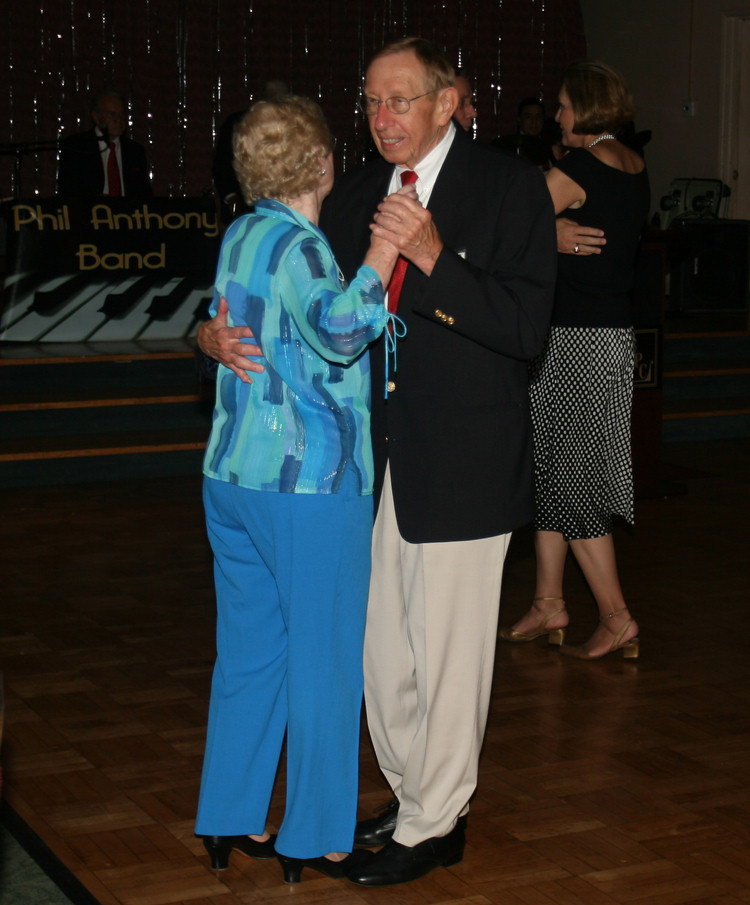
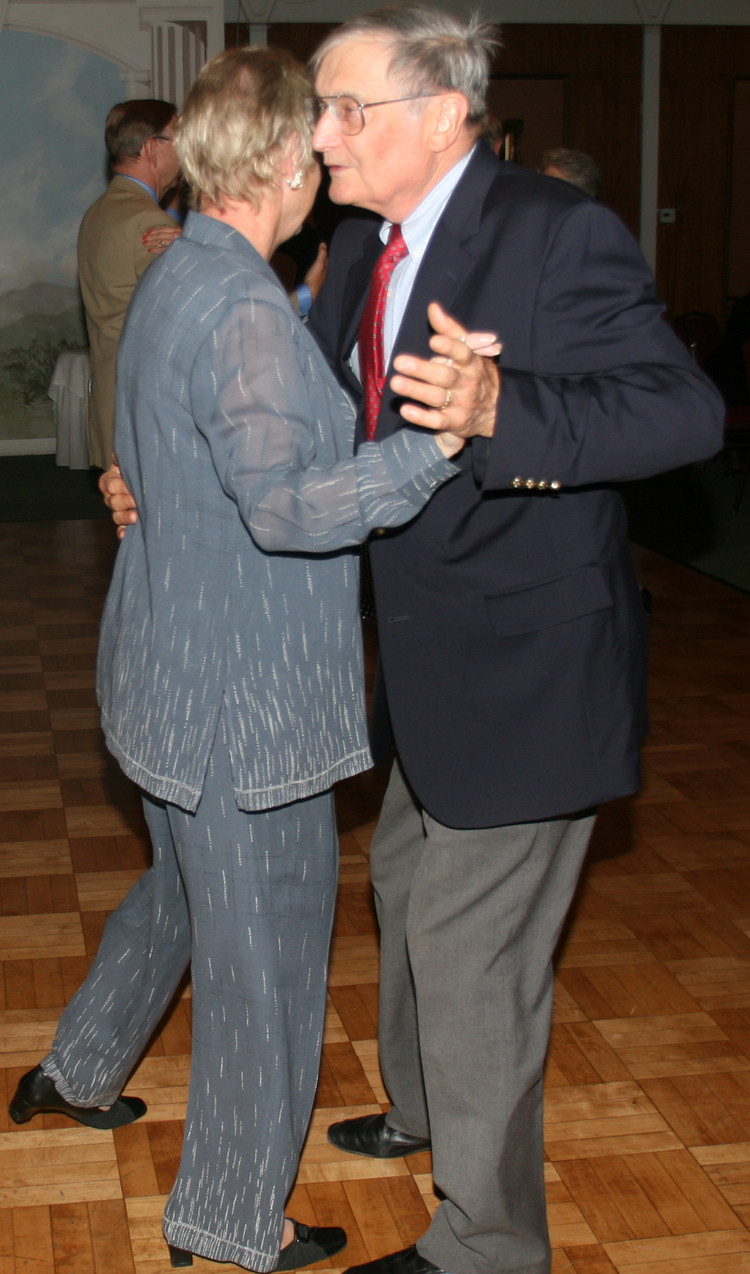
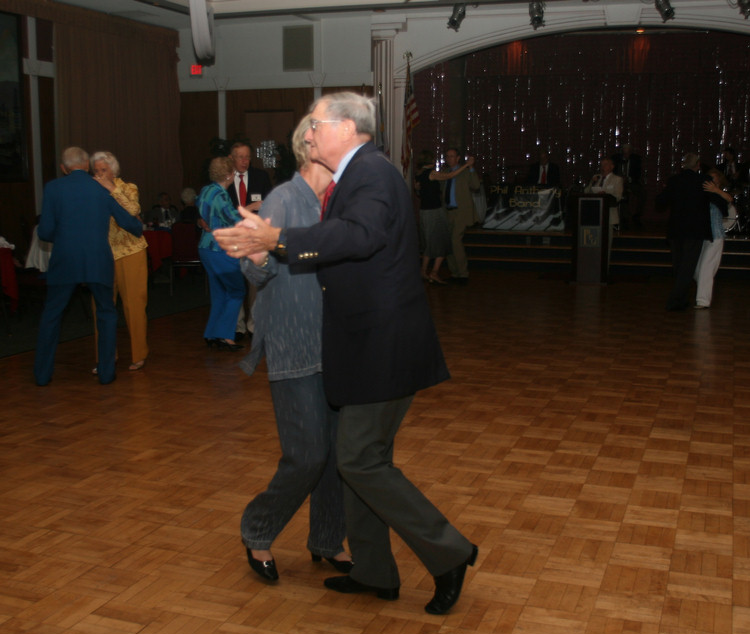
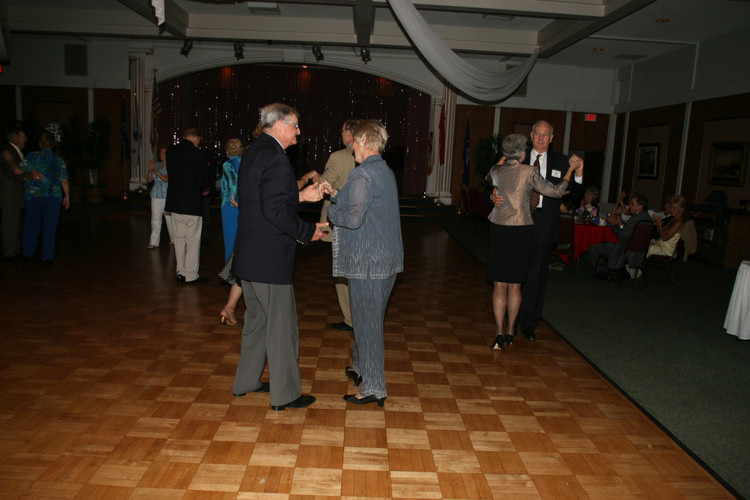
Time For A Mixer!
Did you know? - A mixer dance, dance mixer or simply mixer is a kind of participation dance for people who have some skills in social dancing. Mixers allow dancers to meet new partners, the beginners have a chance to dance with more advanced dancers, and people may quickly assess dance skills of other persons without fear of being stuck with a poor match for the whole tune.
During a song or several songs of a dance or dances well-known to participants (Waltz, Foxtrot, West Coast Swing, etc.), at certain moments new pairs are formed in a random way. Some mixer dances even have traditional names.
The descriptions of "mixing procedures" vary, however there are several common basic rules.
1) The basic rule of dance etiquette "thou shalt never say 'no'" is partially waived during certain procedures of the mixer: if you have already danced with the person, you may smile to each other and skip the choice. The reasoning is that the basic purpose of the mixer — to make people dance with many new partners — has the precedence.
2) In some mixing procedures dancers may get confused and miss a match, therefore often a "lost and found" place is designated (e.g., the centre of the dance circle), where unmatched dancers may find each other.

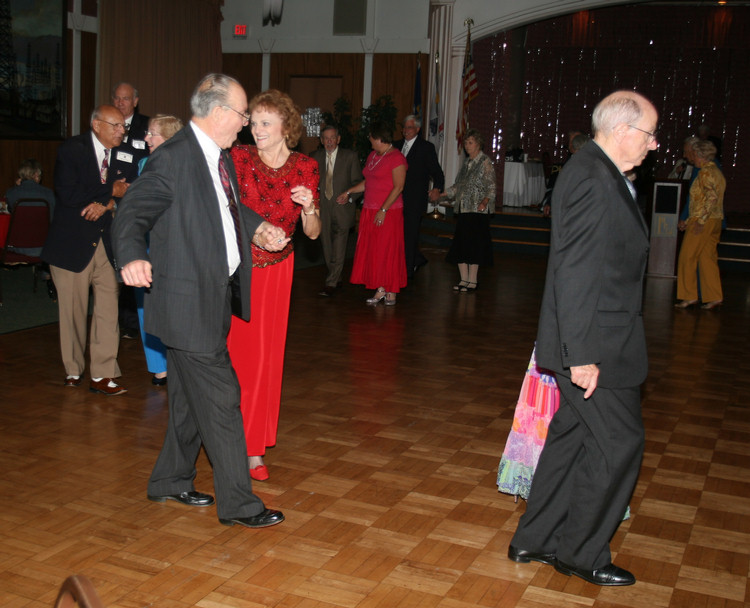
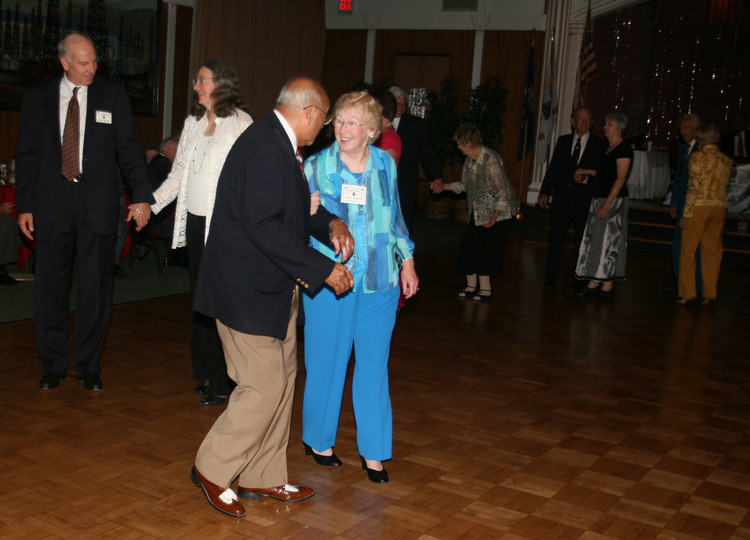
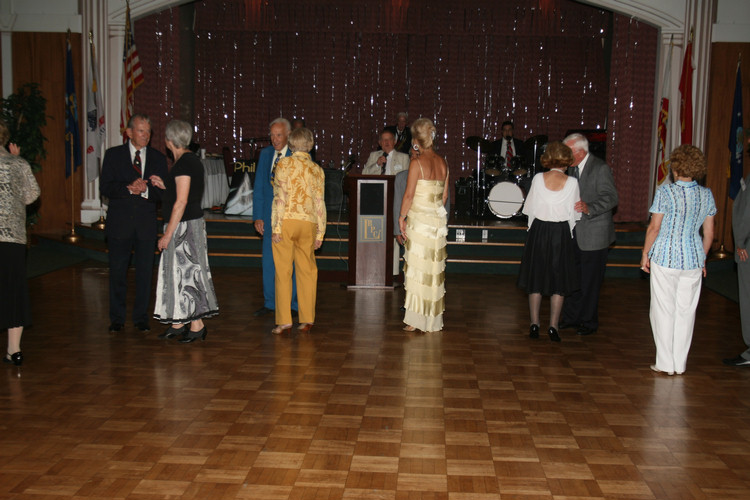

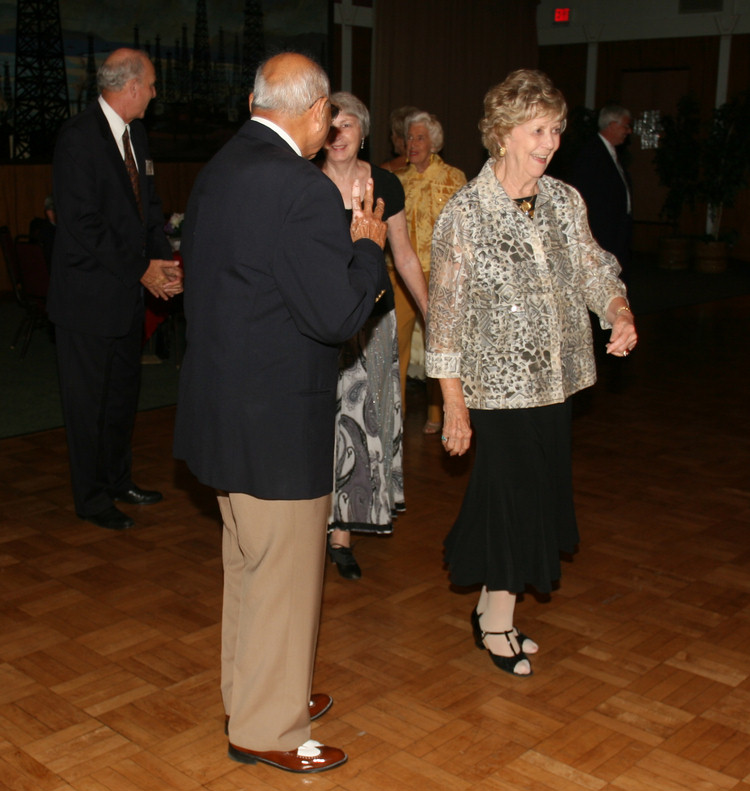
Back To The Dancing With Your PArtners

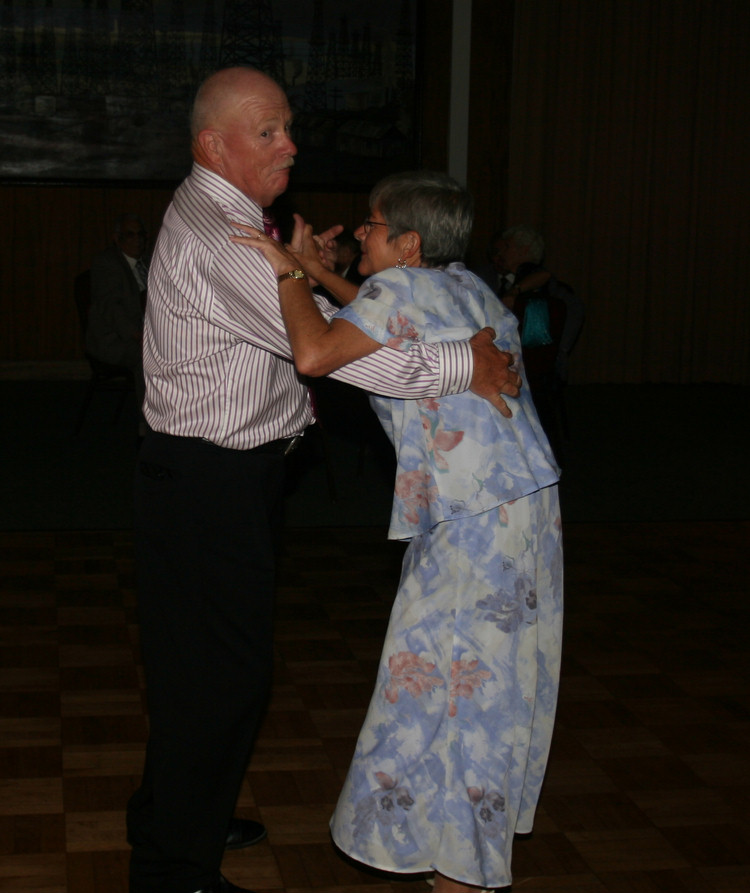
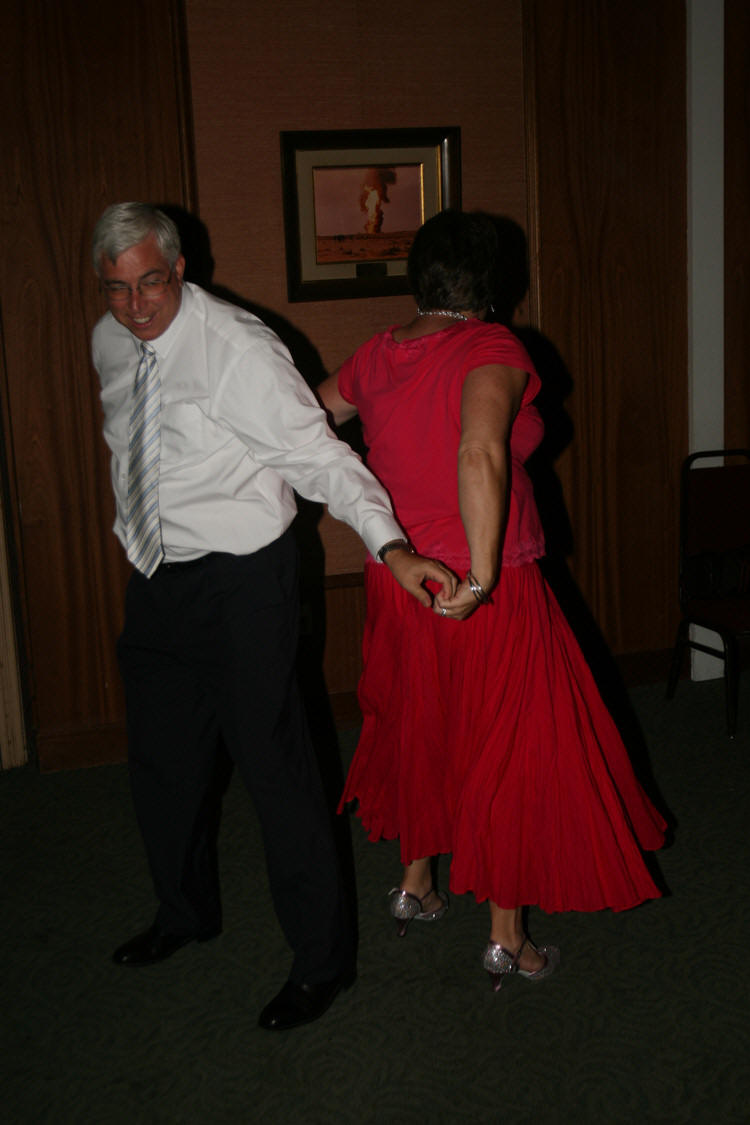
No fair doing the "off-floor" practicing! Dean and Lori try a new step
The Band Plays On
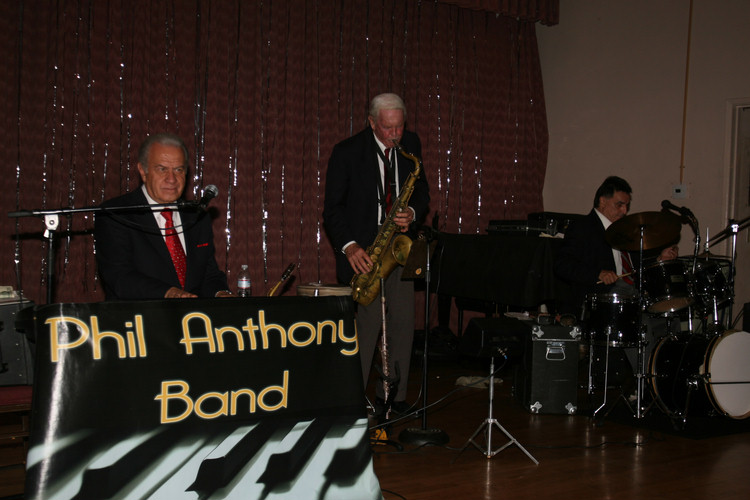

Did you know? - Phil Anthony was born in Milwaukee, Wisconsin and had a rock band in high school called the Knight Kaps.. went on to college, U.O.Wisconsin and joined a group called the Crossfires, taking Steve Miller's place. Came to California in 1965 to record with BillyJo Burnette and did some T.V. appearances. Played many clubs backing oldie groups like the Coasters, Drifters, Platters, Chuck Berry, Jerry Lee Lewis, Shirelles, Marvelettes, etc.. Recorded on the Tower label for Mike Curb. Formed a band called The Portraits and did some movie soundtrack work and commercials. Went on the road with his band and a comedy team ( Sanetti & Rueda ) and played the Nevada circuit. Returned to L.A. during the disco craze of the 70's and opened the Bonaventure Hotel and played various hotels and discos including Dillon's in Westwood. When not performing, Phil enjoys an occasional round of golf. They stay very busy in the local area.
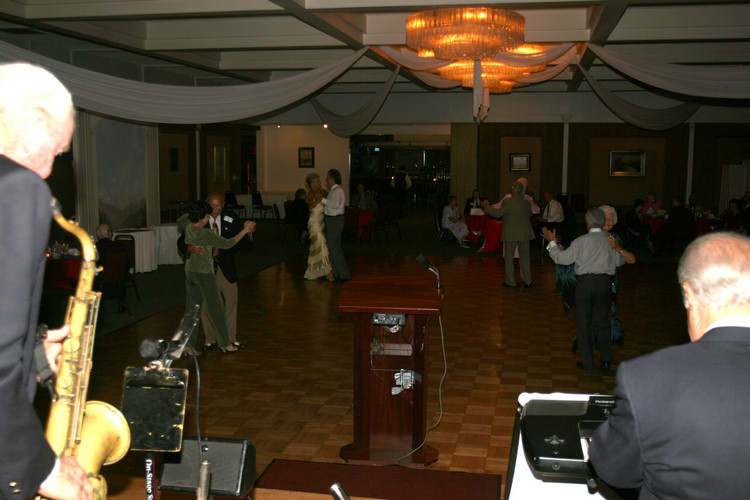
The dancers as seen from the band's point of view
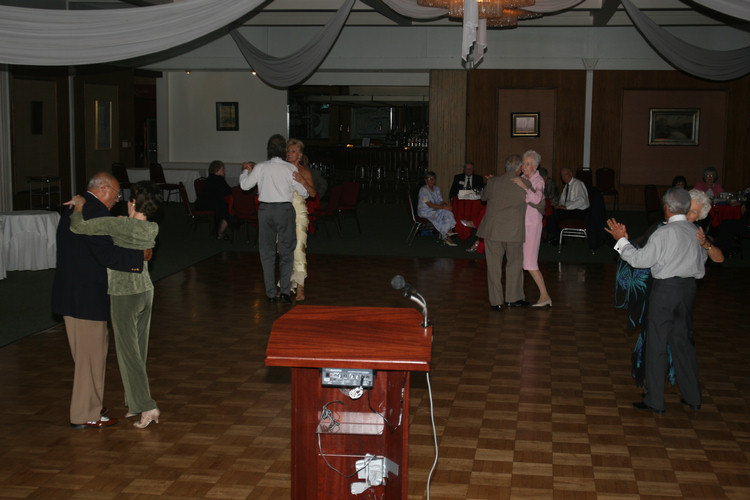
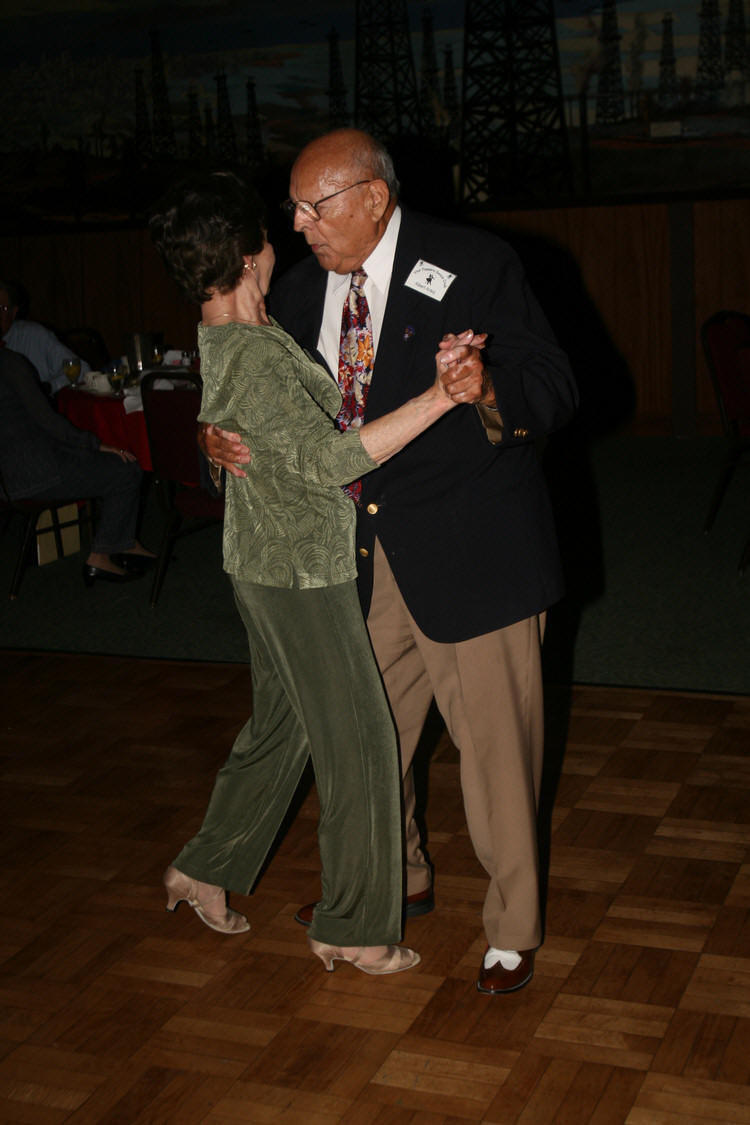
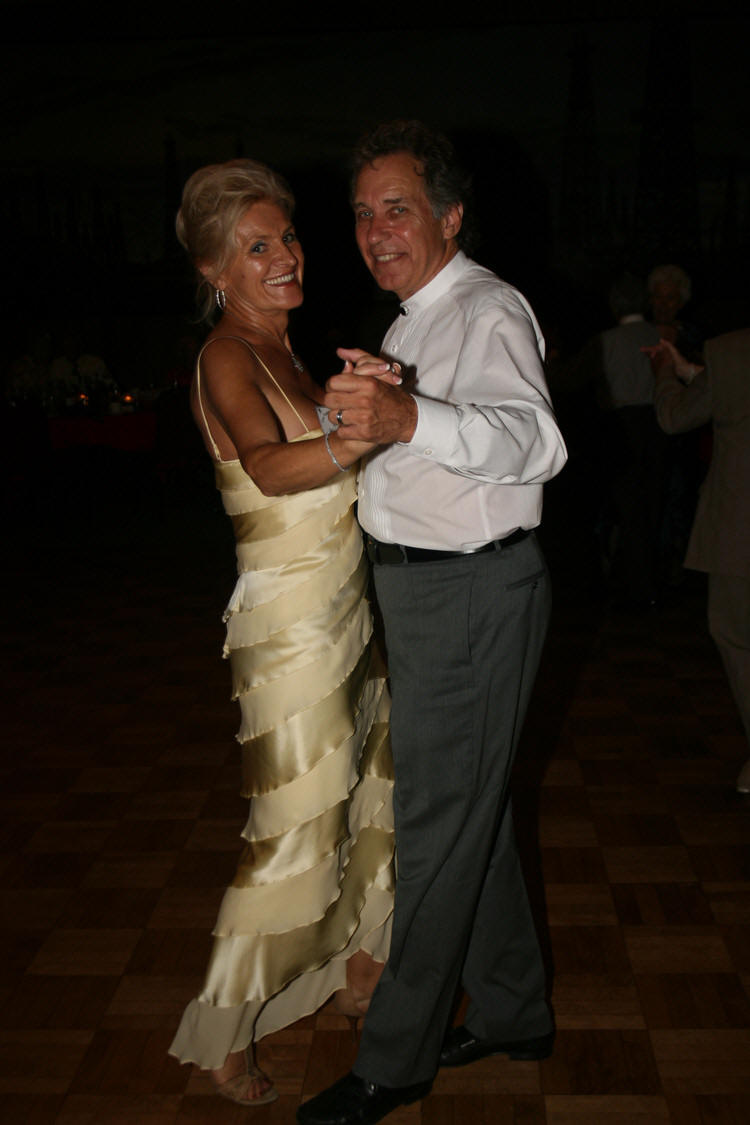
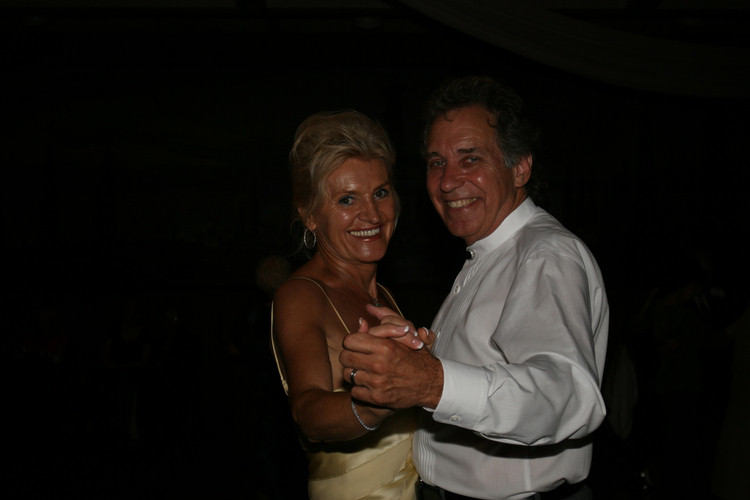
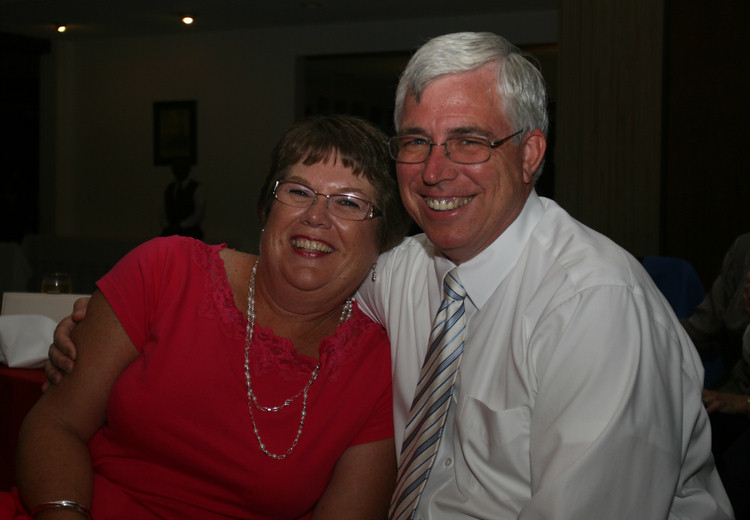
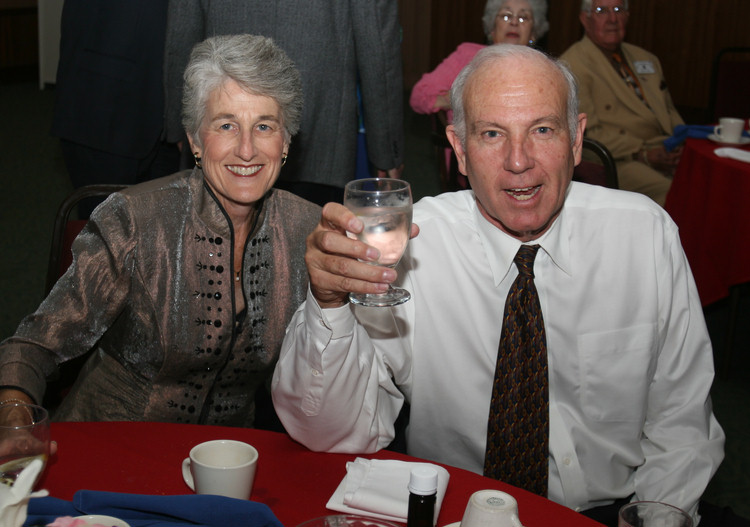
Dennis thinks he is disguising the Vodka and water!
The Petroleum Club service Is always Outstanding
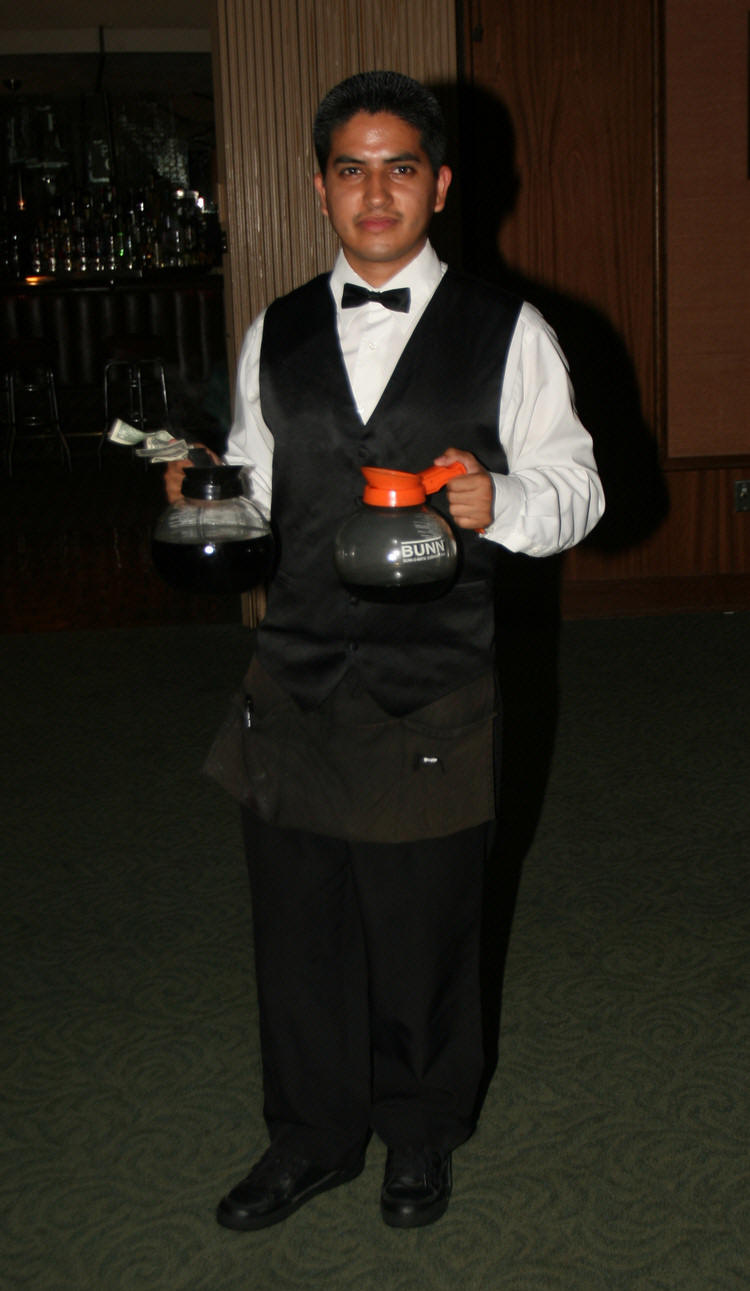
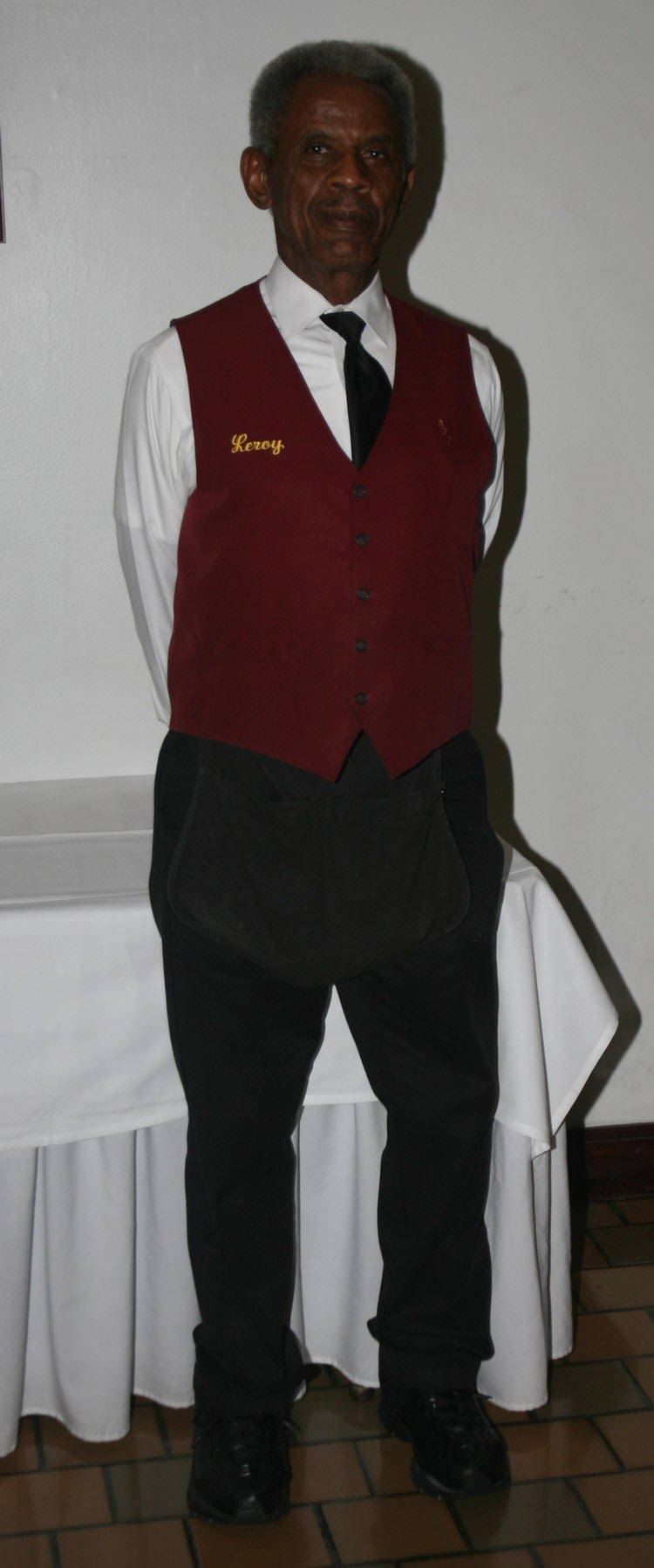
Leroy is always watching and assuring all goes well! Thanks to him it
does!
It's Coming Up On Ten O'clock, Bewitching Hour
Did you know? - In European folklore, the witching hour is the time when supernatural creatures such as witches, demons and ghosts are thought to be at their most powerful, and black magic at its most effective. This hour is typically midnight, and the term may now be used to refer to midnight, or any late hour, even without having the associated superstitious beliefs. The term "witching hour" can also refer to the period from midnight to 3am, while "devils hour" refers to the time around 3am.
One of the earliest known uses of the exact phrasing "the witching hour" is from the 1831 edition of Frankenstein in the introduction by Mary Shelley: "Night waned upon this talk, and even the witching hour had gone by before we retired to rest."
In 1835, the phrase appeared in the last line of a short story by Washington Irving: "Two pairs of eyes are watching me now, from the couch and the ledge by the window. Faerieland shines in those eyes. And I must leave you, for it's the witching hour and a full moon is rising. . . ."
However, variants of the phrase were in use much earlier; Shakespeare refers to "the witching time of night" in a soliloquy in Hamlet:
Tis now the very witching time of night,
When churchyards yawn and hell itself breathes out
Contagion to this world: now could I drink hot blood,
And do such bitter business as the day
Would quake to look on.
[Act III, sc. ii]
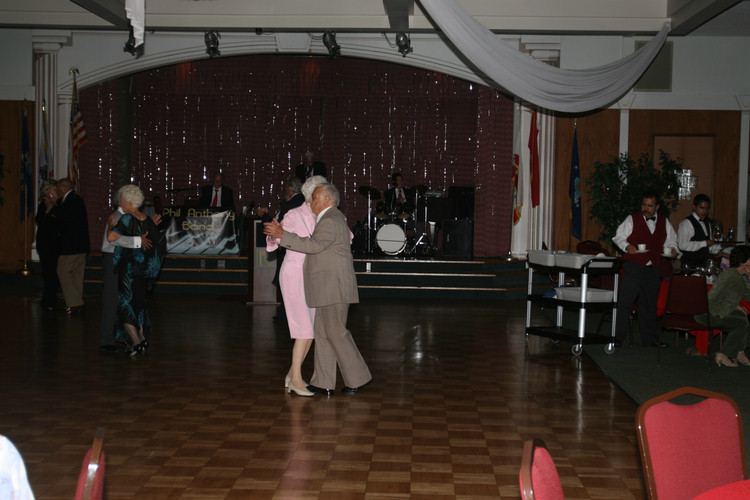
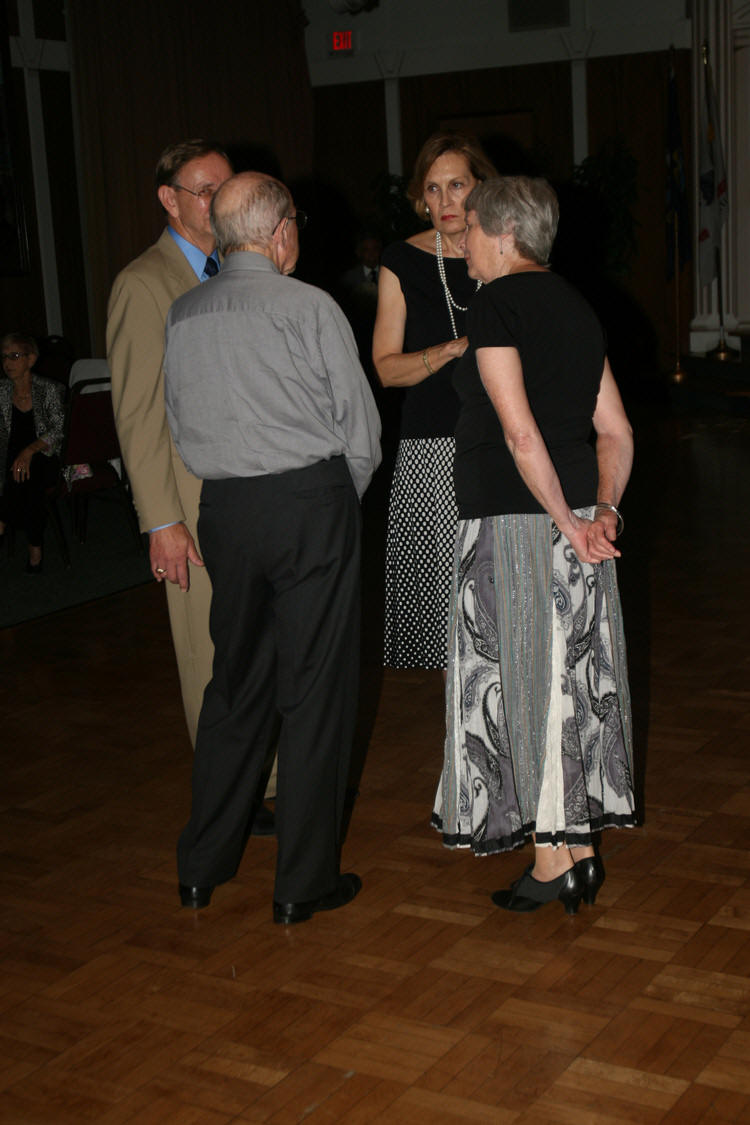
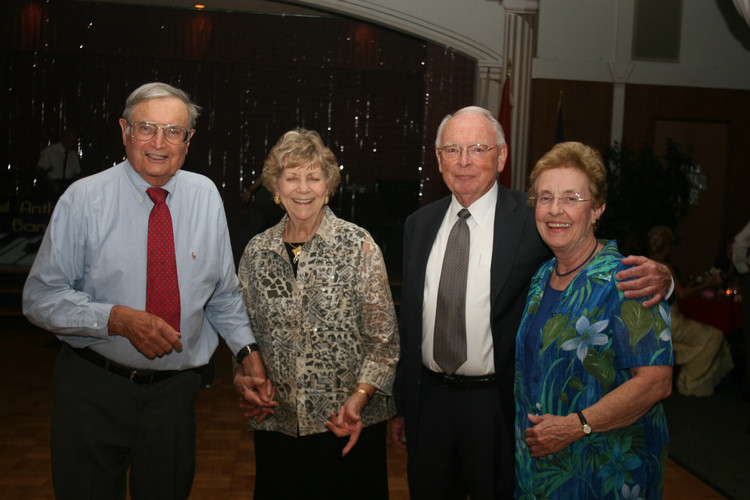
We know who the dancers are!

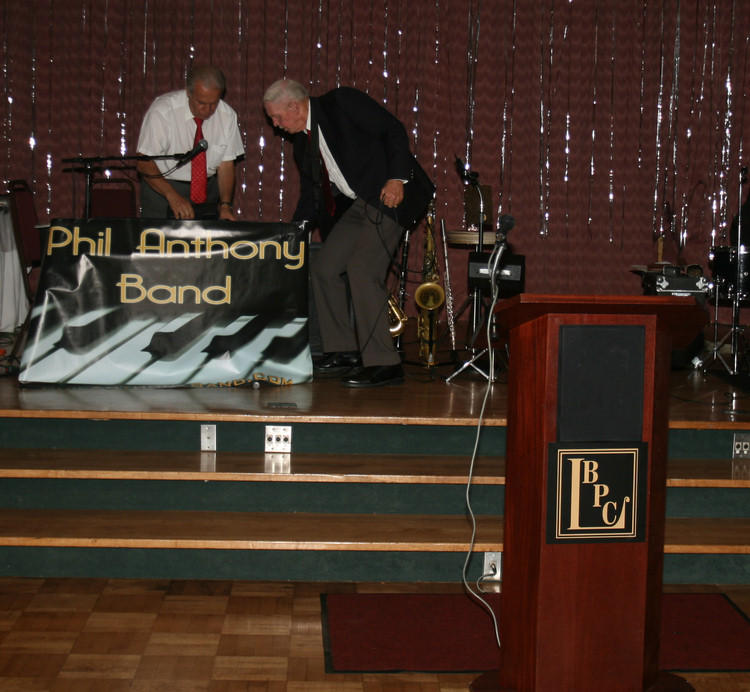
See you soon! Check
their schedule!
